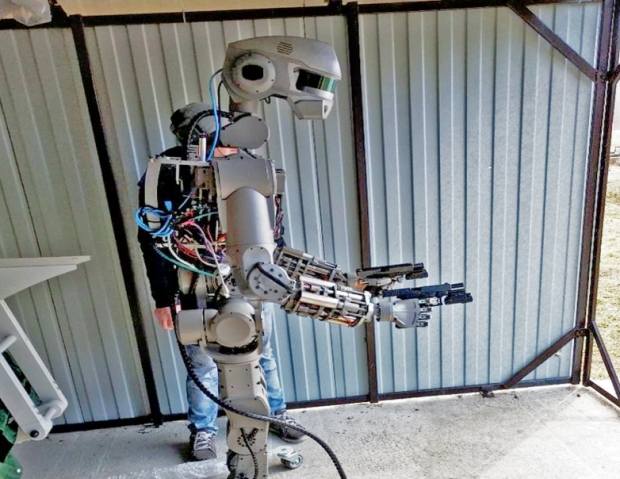According to a new study, the sizable platform was able to be manipulated by a small number of bad actors.
Boffins at Indiana University researchers and published in the academic journal Nature Communications found that “relatively few accounts are responsible for a large share of the traffic that carries misinformation”.
Six percent of Twitter accounts identified as bots responsible for 31 percent of “low-credibility” content.
“Bots amplify the reach of low-credibility content, to the point that it is statistically indistinguishable from that of fact-checking articles”, researchers wrote.
More than 13.6 million tweets linked to “low-credibility sources” and around 1.1 million tweets linked to known fact-checking sources, leading researchers to attribute greater virality with “fake news”.
The study found that “social bots” used two methods to manipulate users into trusting the linked article’s validity.
Bots amplifying content in the very early spreading moments, before an article goes ‘viral’”, researchers wrote.
"Bots target influential users through replies and mentions.”
One social bot mentioned President Donald Trump’s official twitter account, @realDonaldTrump, in 19 twitter posts that each linked to one article that falsely claimed undocumented immigrants submitted millions of votes.
Researchers suggested that this is done by bots hoping “these targets will then reshare the content to their followers, thus boosting its credibility”.
Quite how anyone thought that Trump’s account gave any credibility is anyone’s guess.
Users struggled to differentiate bots from other human users, as humans “have retweeted bots who post low-credibility content almost as much as they retweet other humans”, according to the researchers.




